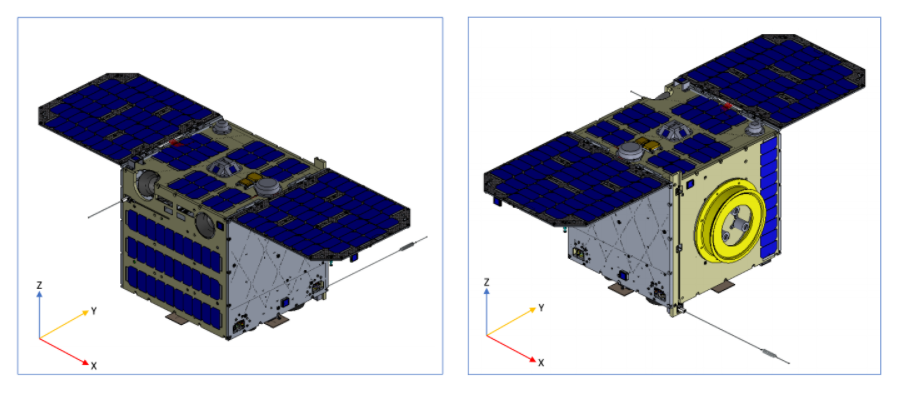The Philippine’s first microsatellite, Diwata-1, celebrated its first year in space in March, circling the world over 5000 times since it was sent into orbit. Soon, it will be joined by another one, named Diwata-2, in June 2018.
The Department of Science and Technology (DOST) announced the target launch date for the second Philippine microsatellite today August 22.
“Ang target ng completion is around April next year in time for the planned launch by middle of next year, June 2018,” GMA News quoted Dr. Joseph Joel Marciano Jr., head of DOST’s Advanced Science and Technology Institute, during the department’s budget briefing on Tuesday.
The two microsatellites are part of the Philippine Scientific Earth Observation Micro-satellite (PHL-Microsat) program of DOST in partnership with the University of the Philippines, Japan Aerospace Exploration Agency (JAXA), and two Japanese universities – Tohoku University and Hokkaido University.
The 50-kilogram microsatellite is currently being developed by Filipino and Japanese students and engineers in Japan.
“We still have our scholars, engineers, scientists going there and spending their time there,” Dr. Marciano said.
Diwata-2 will have the same four state-of-the-art cameras as Diwata-1 but will have the addition of an amateur radio unit to provide an alternative means of communication during disaster emergencies.


Photo credit: phl-microsat.upd.edu.ph
The country’s microsatellites aim to improve disaster risk management, environment and agricultural landscape monitoring, weather forecasts, as well as aid in protecting the country’s territorial borders, and cultural and historical sites.
Diwata-1 will be useful until November 2018 which is when it is expected to give in to decay and gravitational pull of the planet.
President Rodrigo Duterte approved of the 10-year P24-billion Space Technology Development Program of the DOST in January 2017.
Credit: GMA News, PHL-Microdot
Photo credit: http://www.pinoytechnoguide.com





